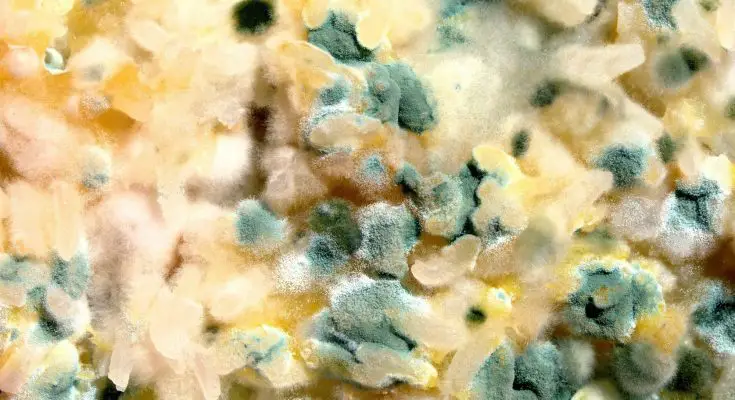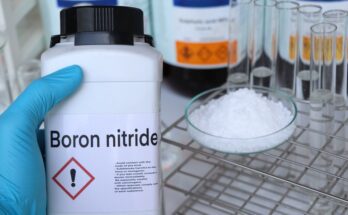There are approximately 400,000 types of mold that are found all over the world. As you might imagine, all of these types of mold need slightly different environments to survive.
Depending on the type of mold and the environment it’s in, it can present some very different issues. Mold can be especially troublesome for people with allergies or asthma.
In addition to having different environments, there are a few facts about mold that are just plain strange. Here are a few of those facts.
1. Molds That Glow in the Dark
Most glowing molds are found in the tropics, though certain species have also been found in North America. These molds are bioluminescent—they produce their own light—which occurs due to a reaction between certain enzymes and oxygen.
Some molds glow purple, green, or yellow-green, and this glowing effect can be seen in darkness or dim light. Interestingly, scientists are researching the possibility of using these glowing molds to create bioluminescent lighting systems or even biofuel.
2. Toxic Molds: What You Need to Know
Most types of mold are harmless, but there are also toxic molds that can cause health problems. Some bizarre facts about molds are that certain species of toxic mold produce toxins that can cause severe physical and neurological problems, including memory and hearing loss, headaches, and even death.
If you find that your home has been infested with mold, it’s important to find a professional who can do lead, mold, and radon mitigation. All these can produce an allergic response, such as skin rash or respiratory infections, when exposed for extended periods of time.
3. Fascinating Facts About Cheese Molds
Mold is an essential component of cheese making, and some of the most popular varieties rely on various unique types of molds. While some of the hard, aged cheeses like Parmesan, Gouda, and Cheddar are free of mold, other cheeses like Brie, Camembert, and Roquefort contain different species of mold.
Fascinatingly, some of the molds used to make these cheeses are colored with vegetable juices to create unique visual presentations.
4. Molds That Make Their Own Antibiotics
One of the most interesting traits is the ability of some varieties to make their own antibiotics. This unique ability can make them useful in the medical field, as they can produce a substance that can stop the spread of infection.
Furthermore, some of the rare molds can produce compounds that can be used to fight the growth of other types of bacteria and fungi. Certain types of mold can even produce compounds that are toxic to humans and other organisms, making them valuable in a laboratory setting.
5. The Role of Mold in Wine and Beer Making
Mold plays an important role in the world of wine and beer making. While mold is traditionally seen as an unwanted organism, it can have beneficial properties and flavor profiles when used correctly.
For instance, the yeast species Brettanomyces is known for imparting unique sour and fruity flavors to a beer. Other types of mold, such as Geotrichum, can be used as an aid for straw or grape pressing.
Unveiling Amazing Facts About Bizarre Types of Mold
Mold comes in many shapes and sizes and is a common cause of disease and allergen exposure. Knowing the different types of mold, the dangers of mold, the risk of exposure, and preventive measures can help keep you and your family safe. Get familiar with how to safely prevent and remove mold from your home today.
For more mold facts and tips, read our other articles before getting started with mold removal in your home or business.



